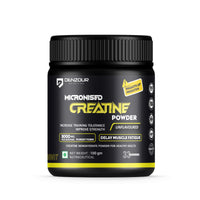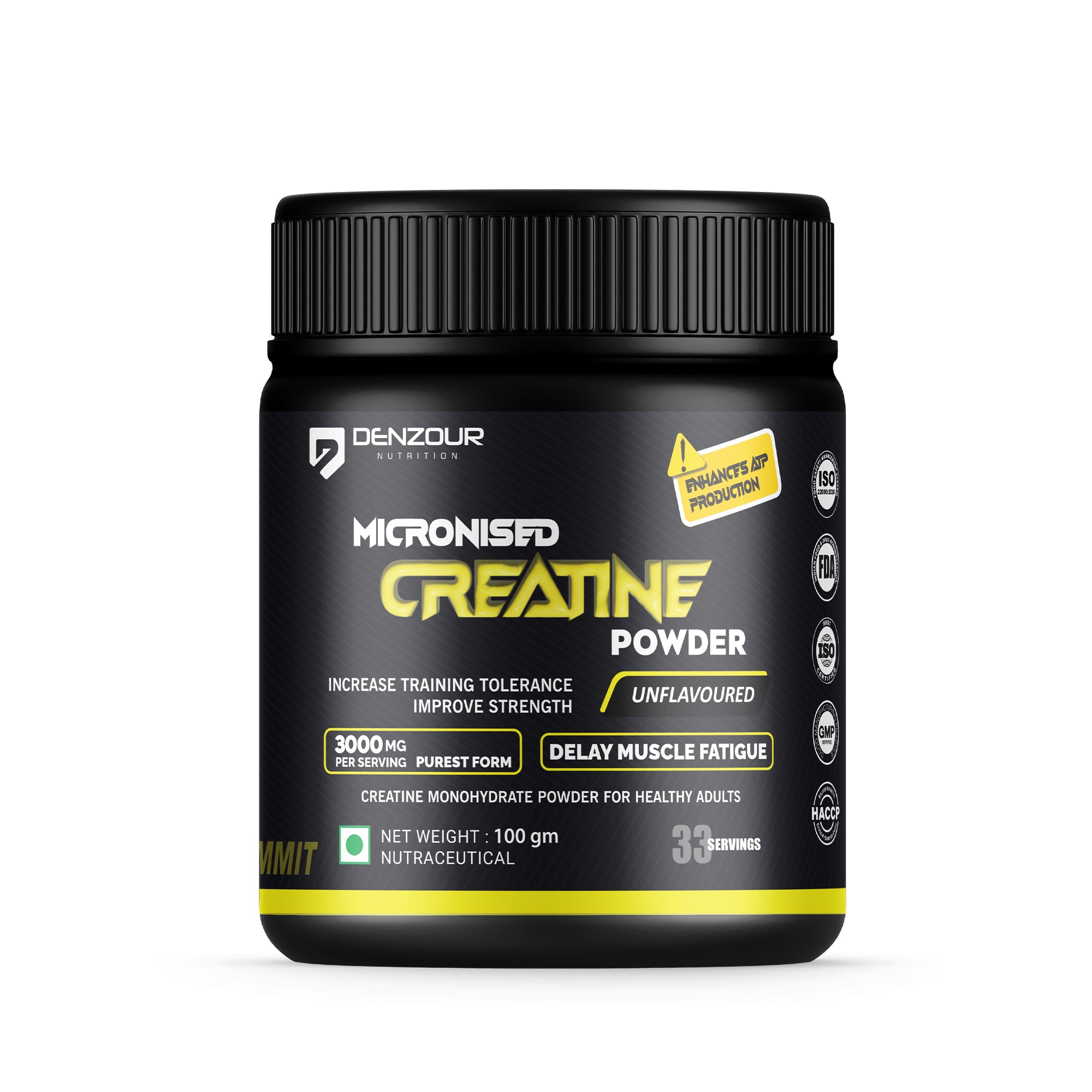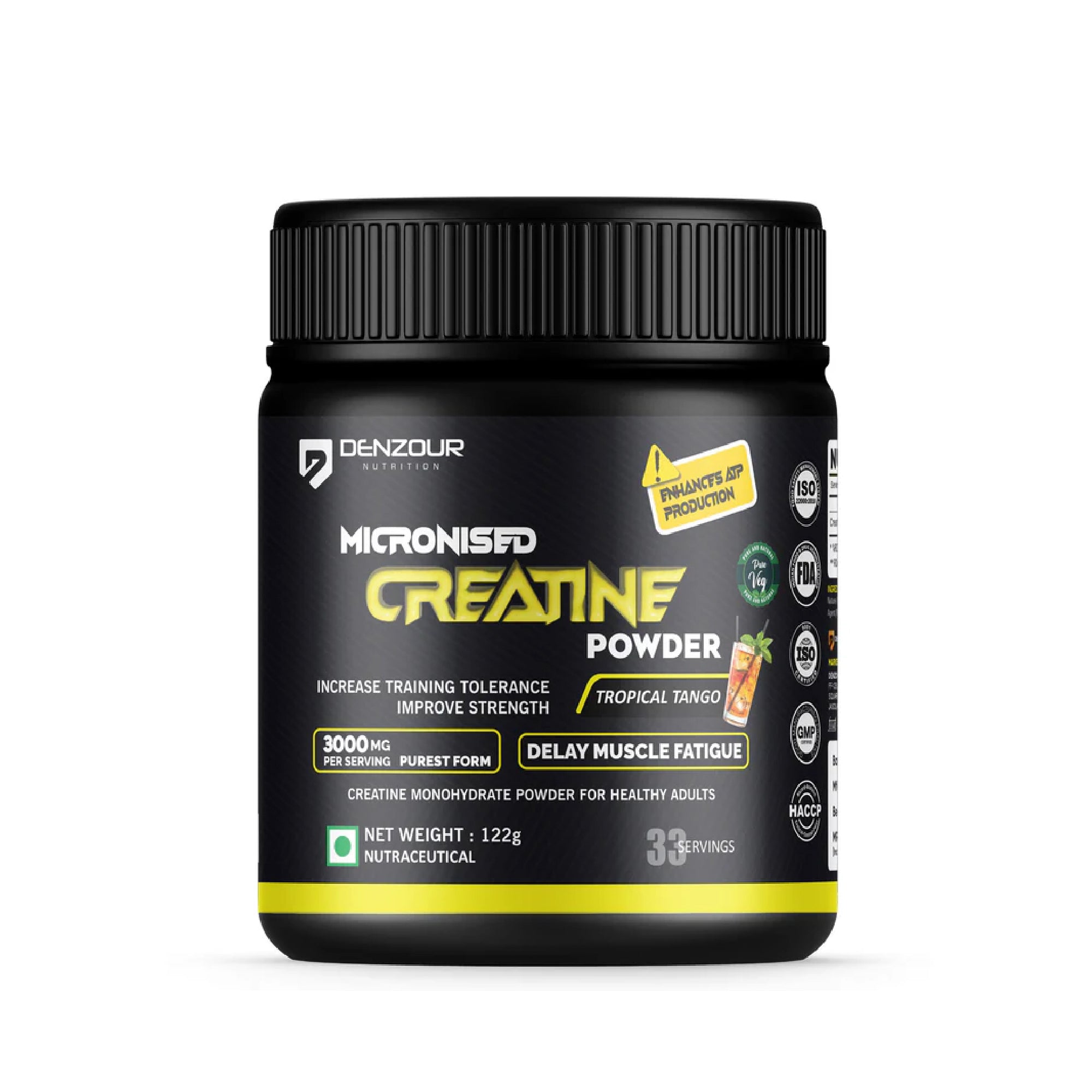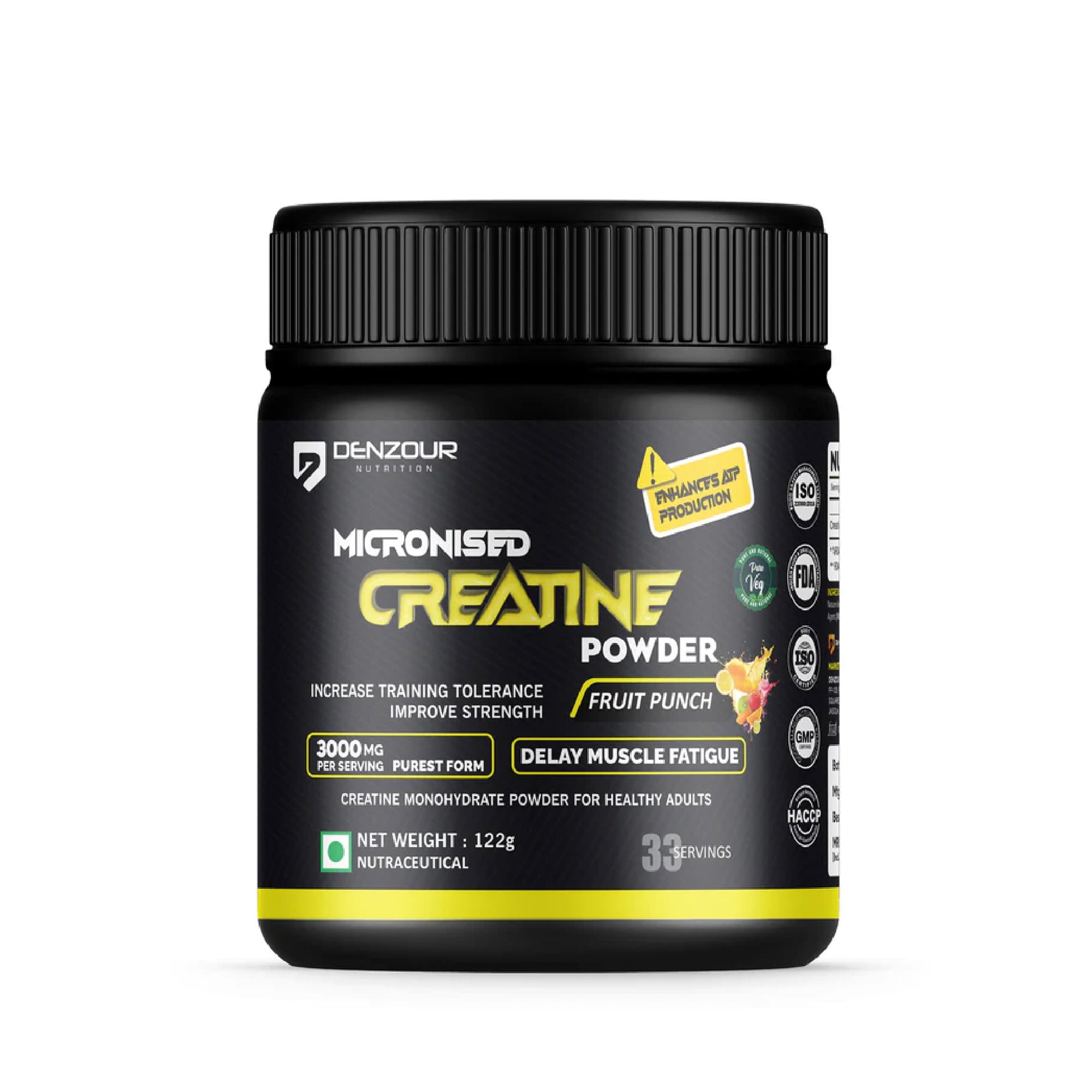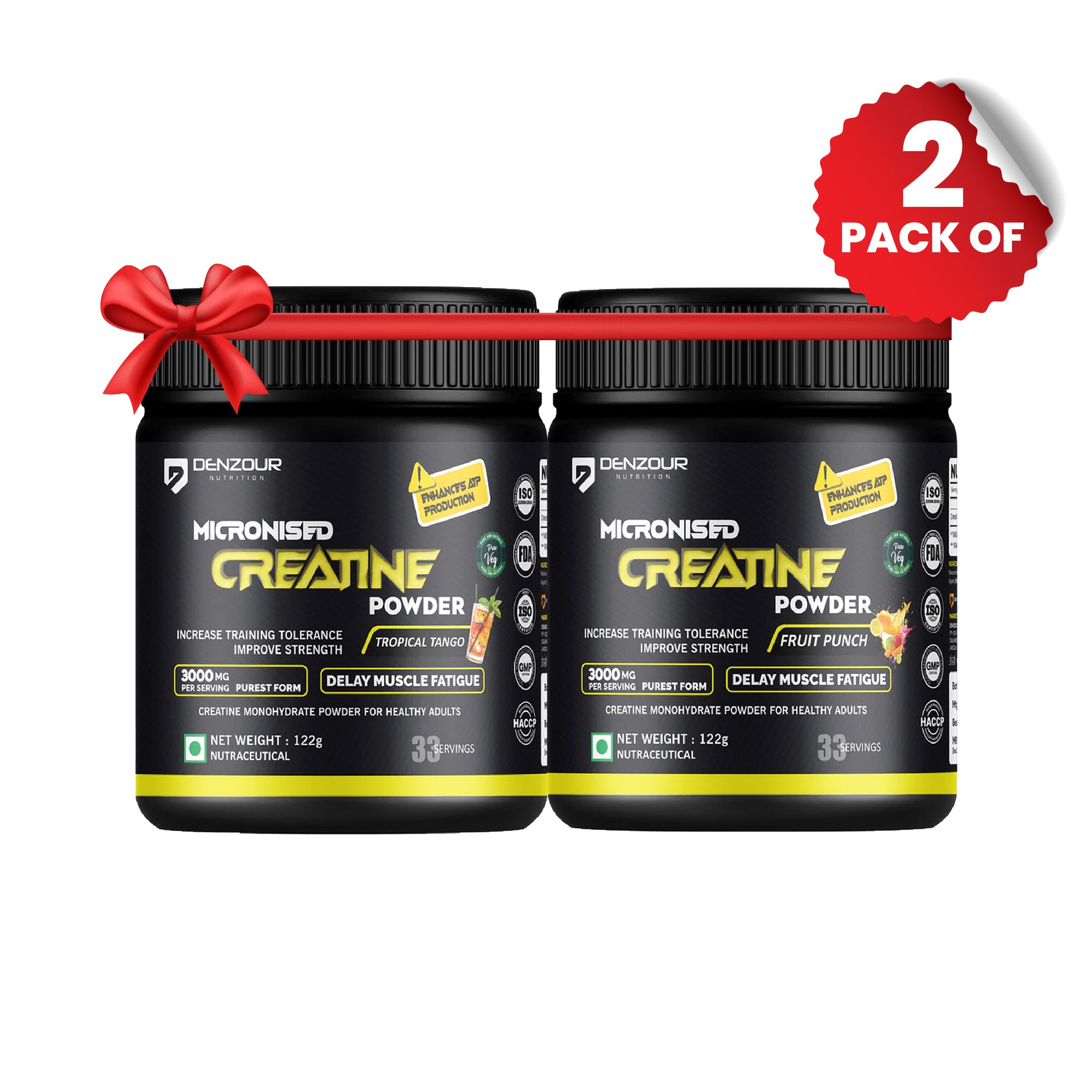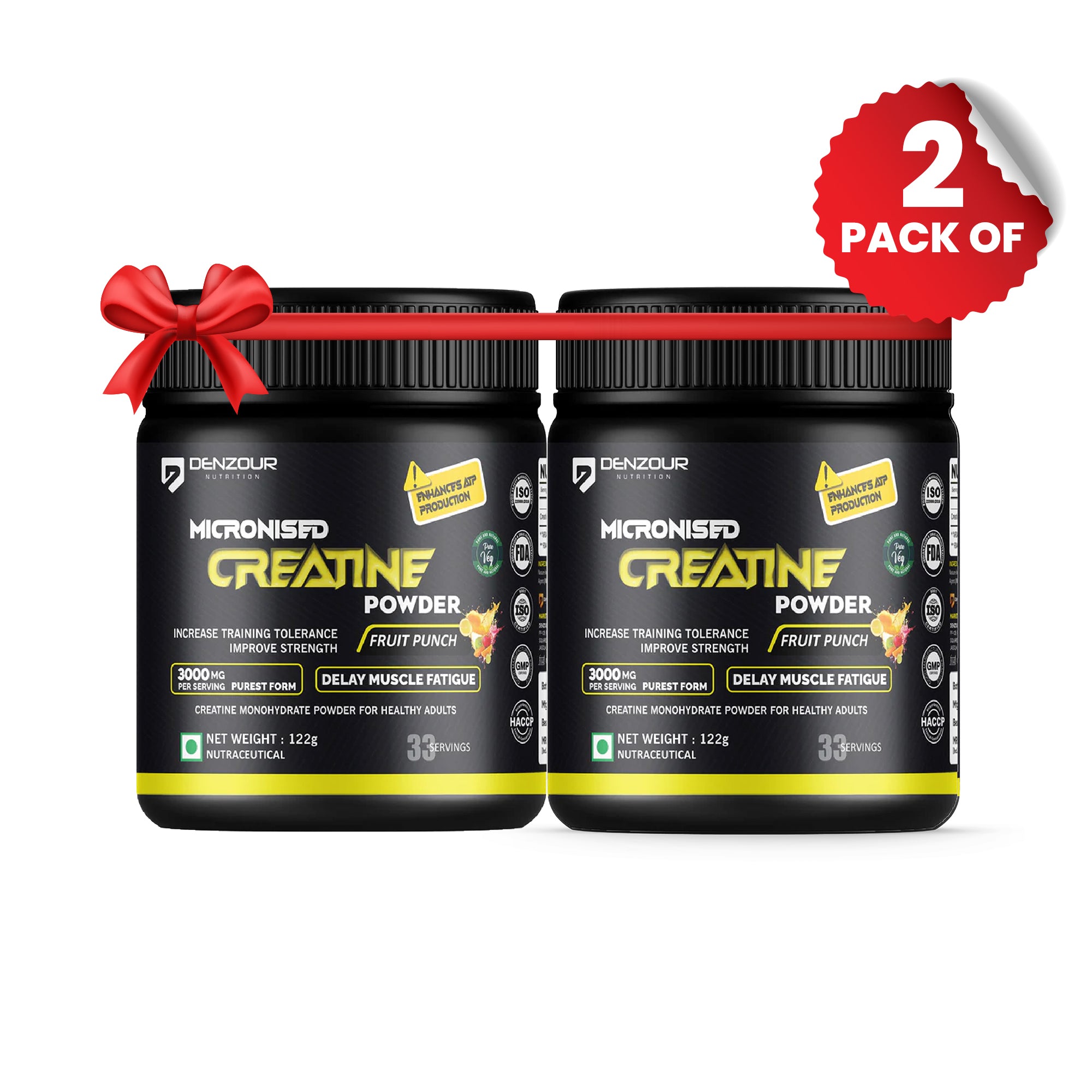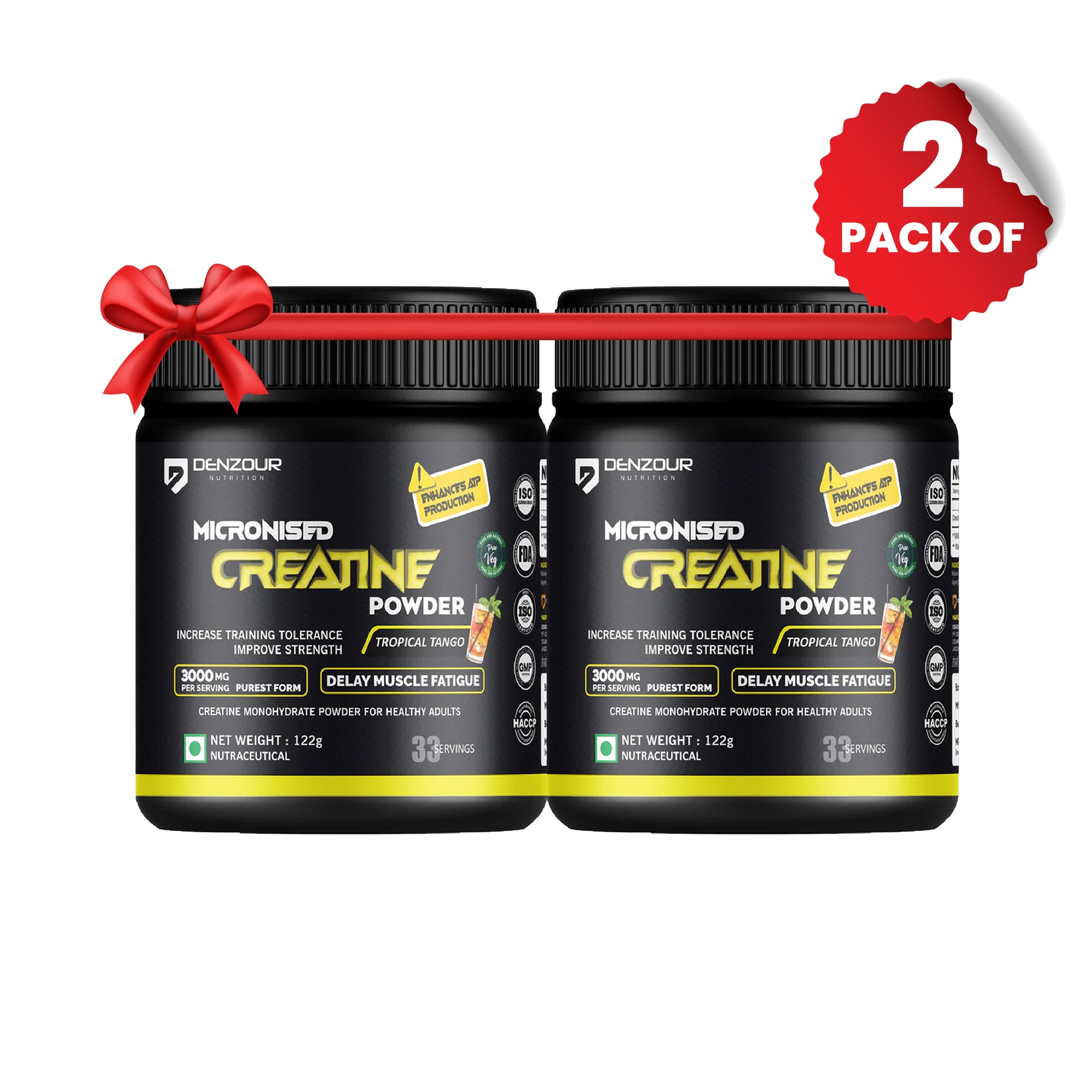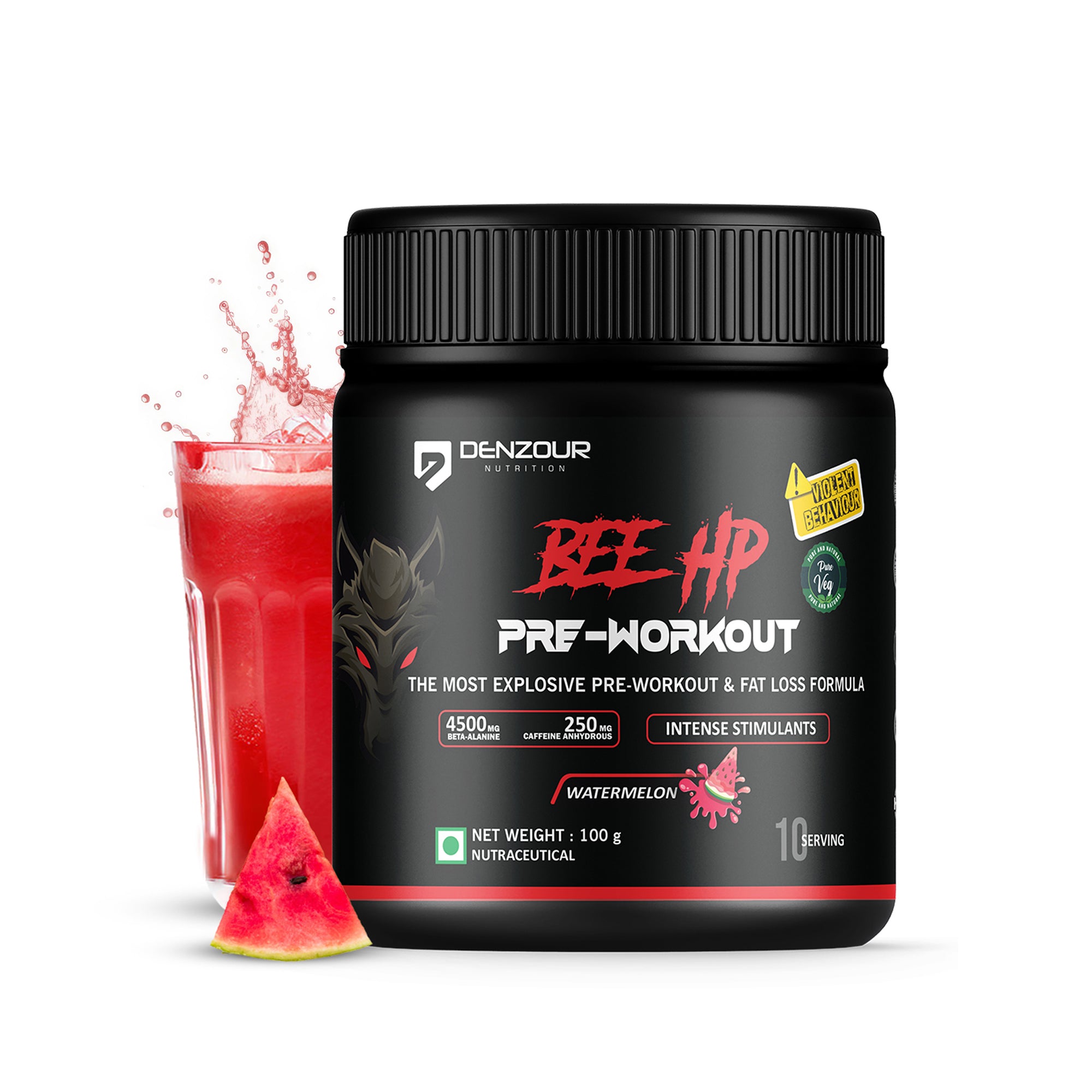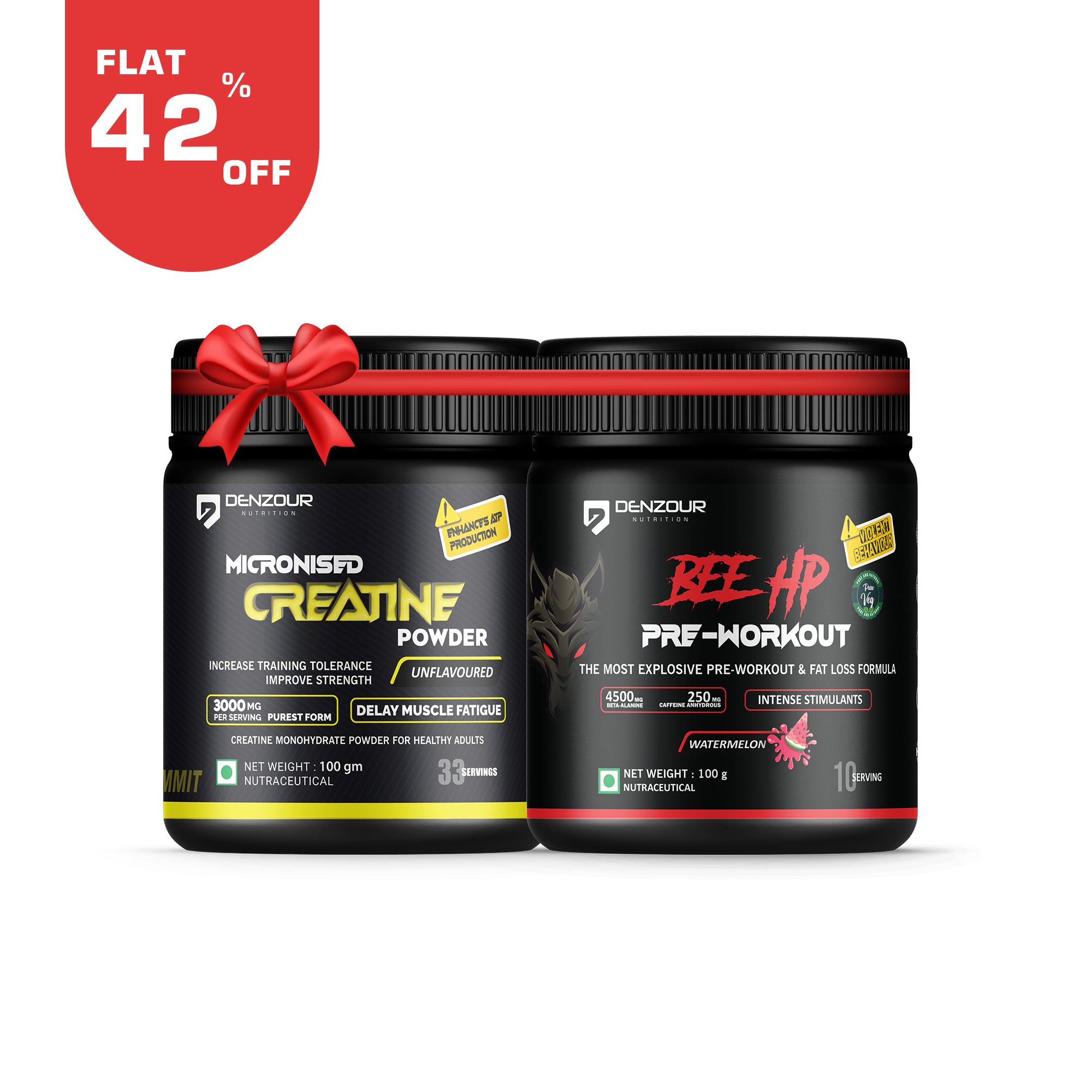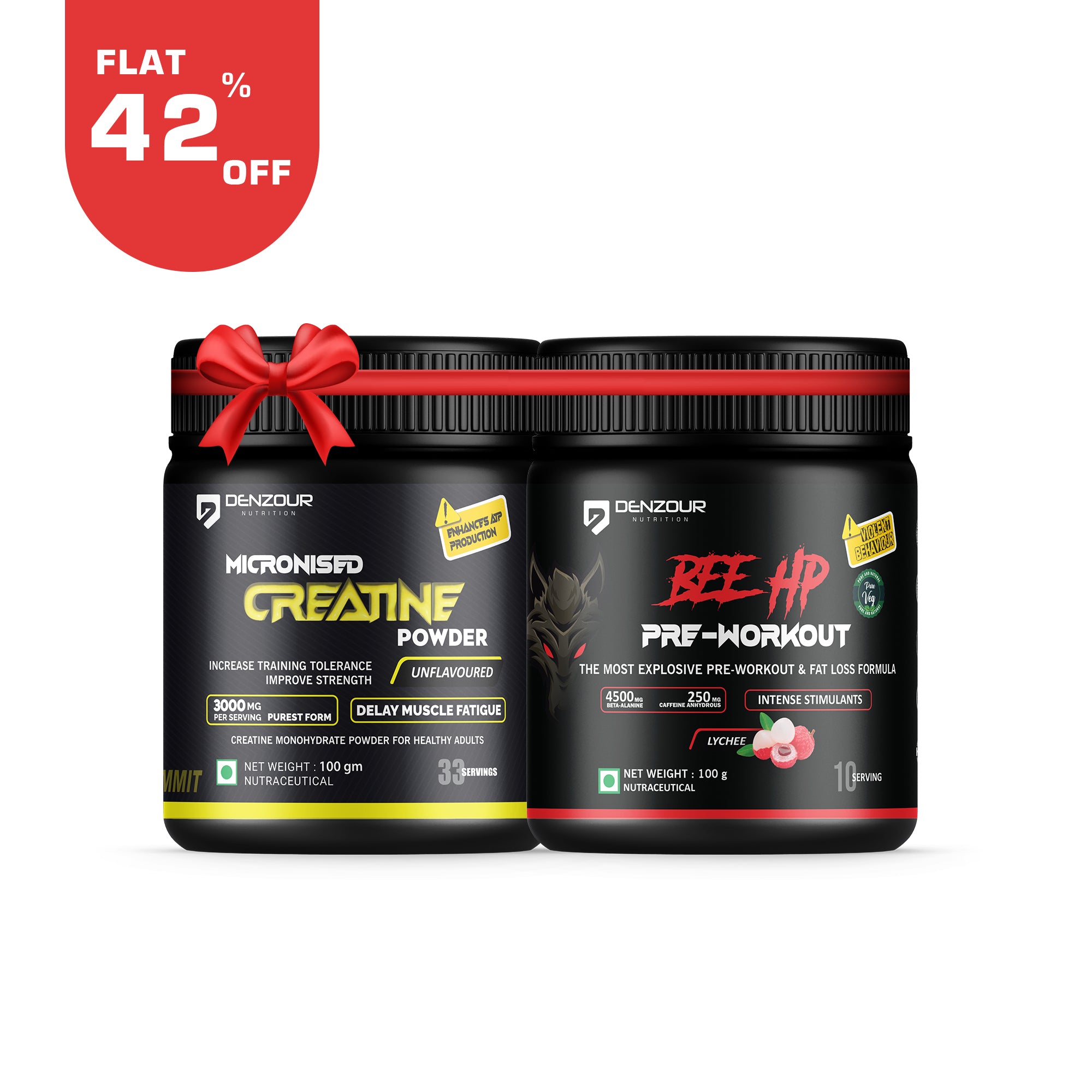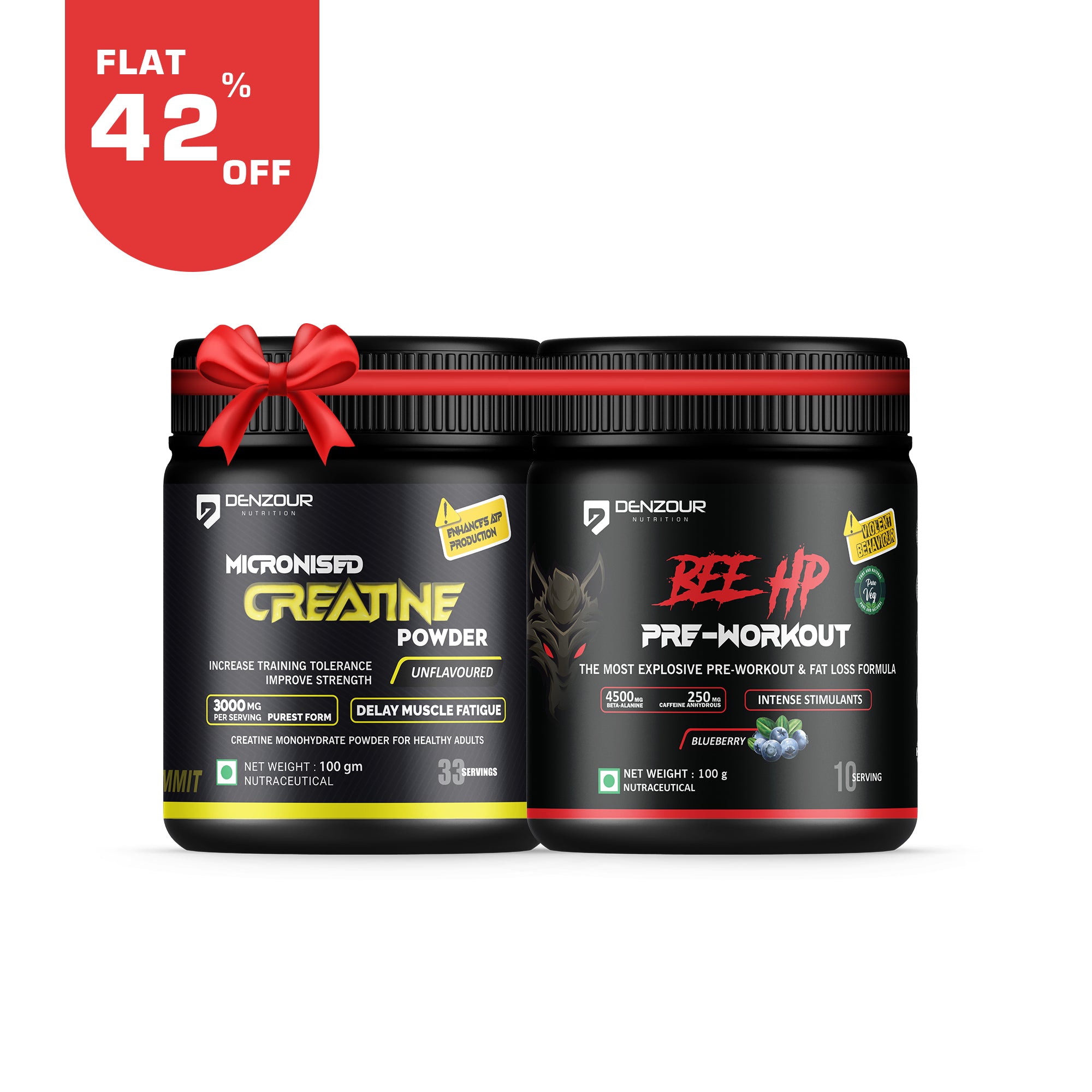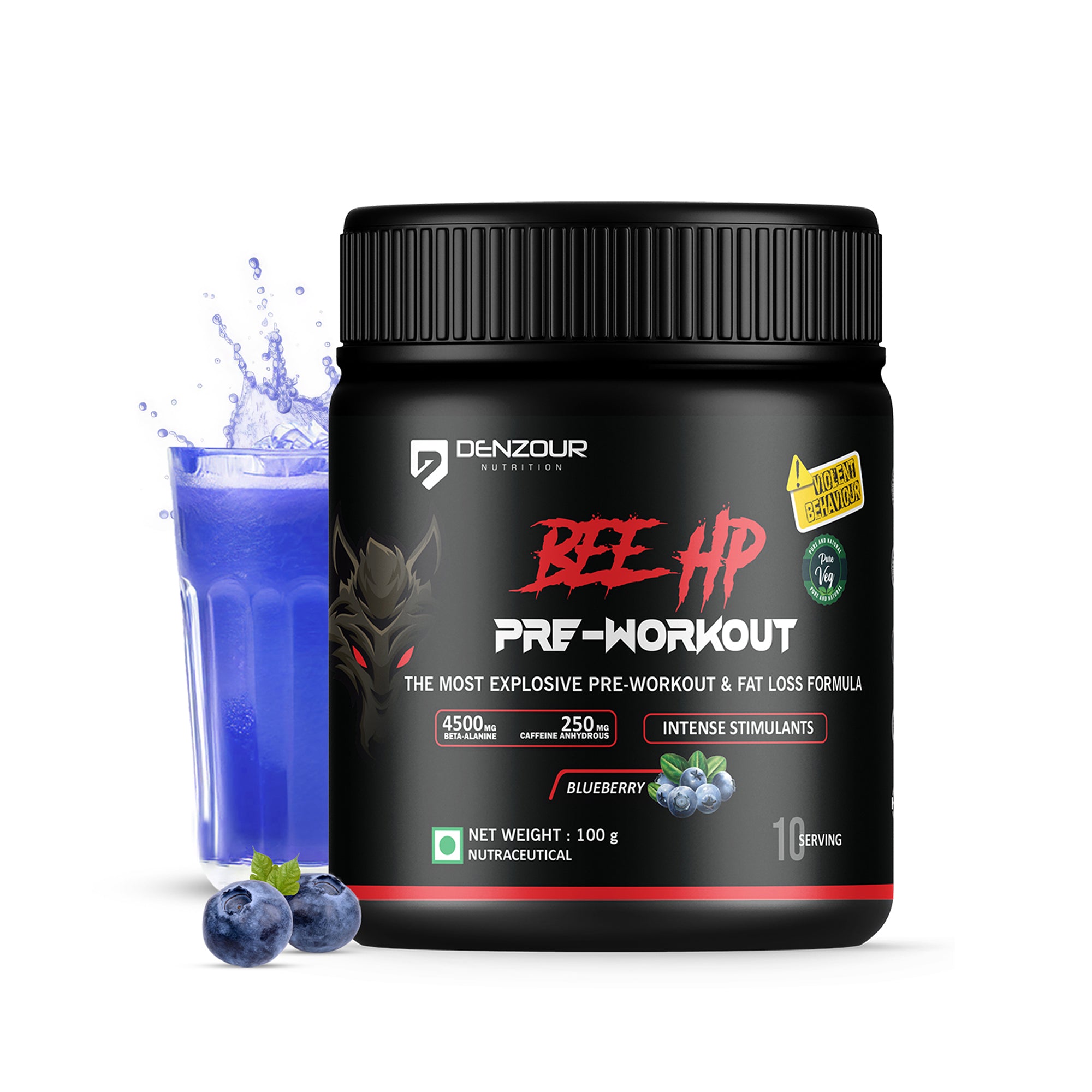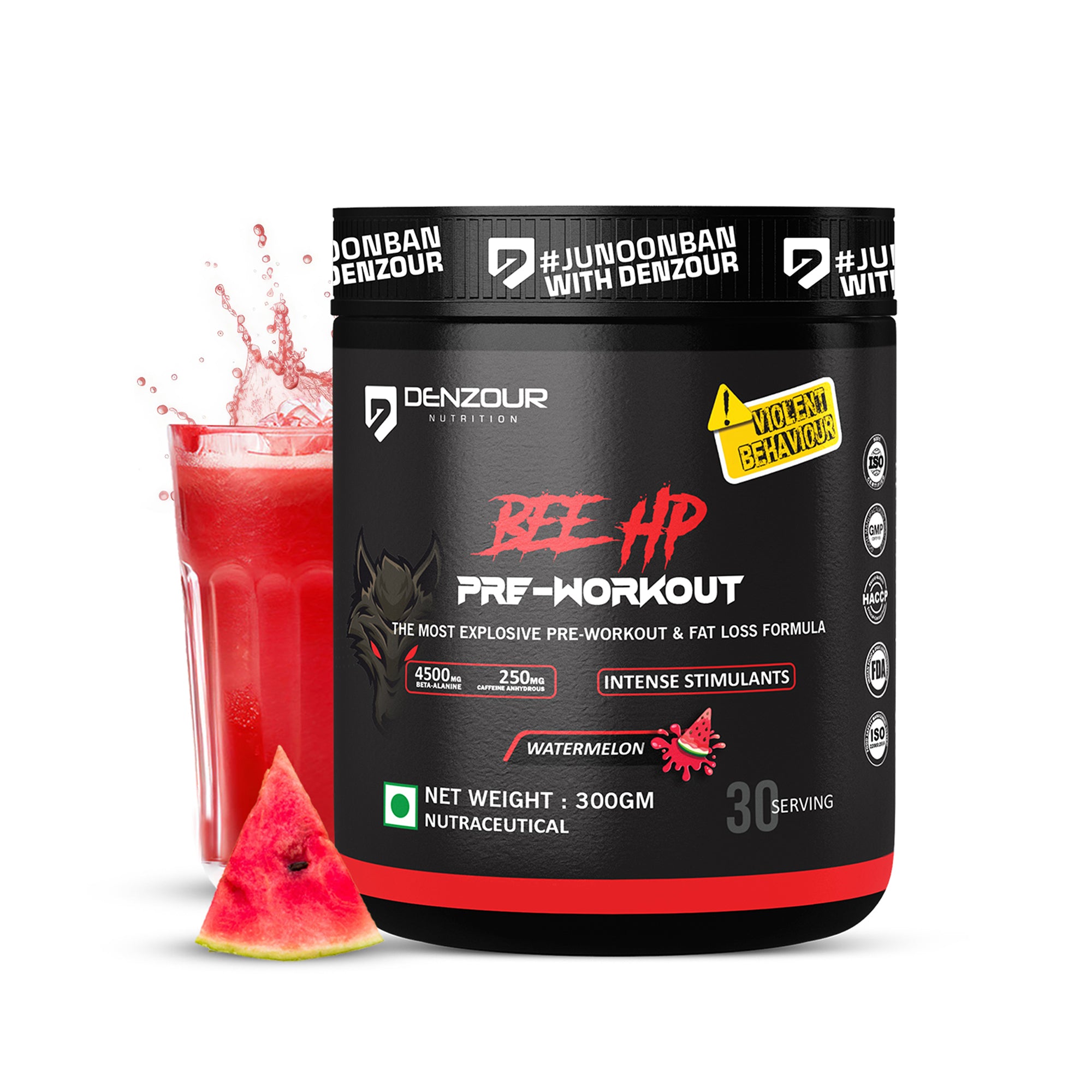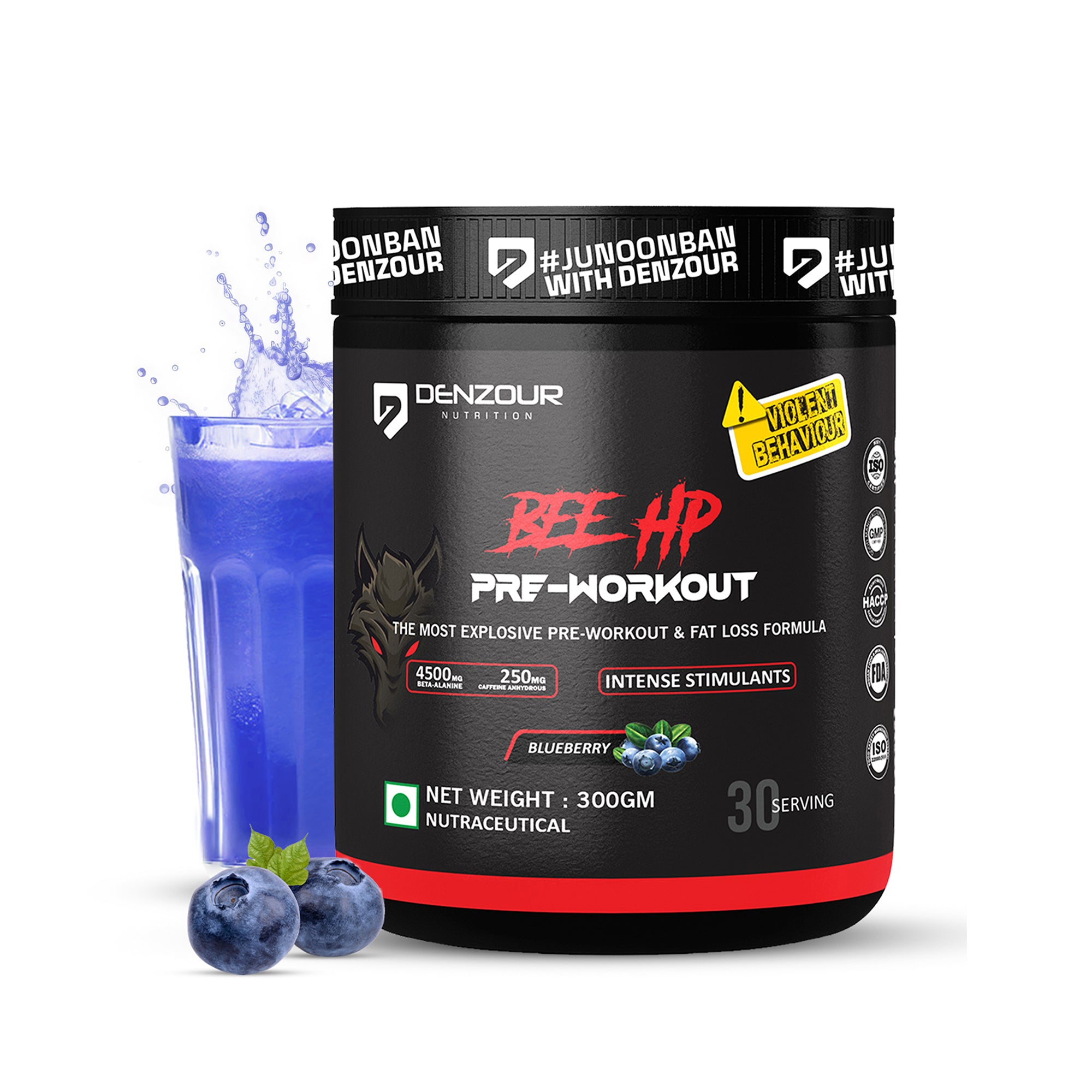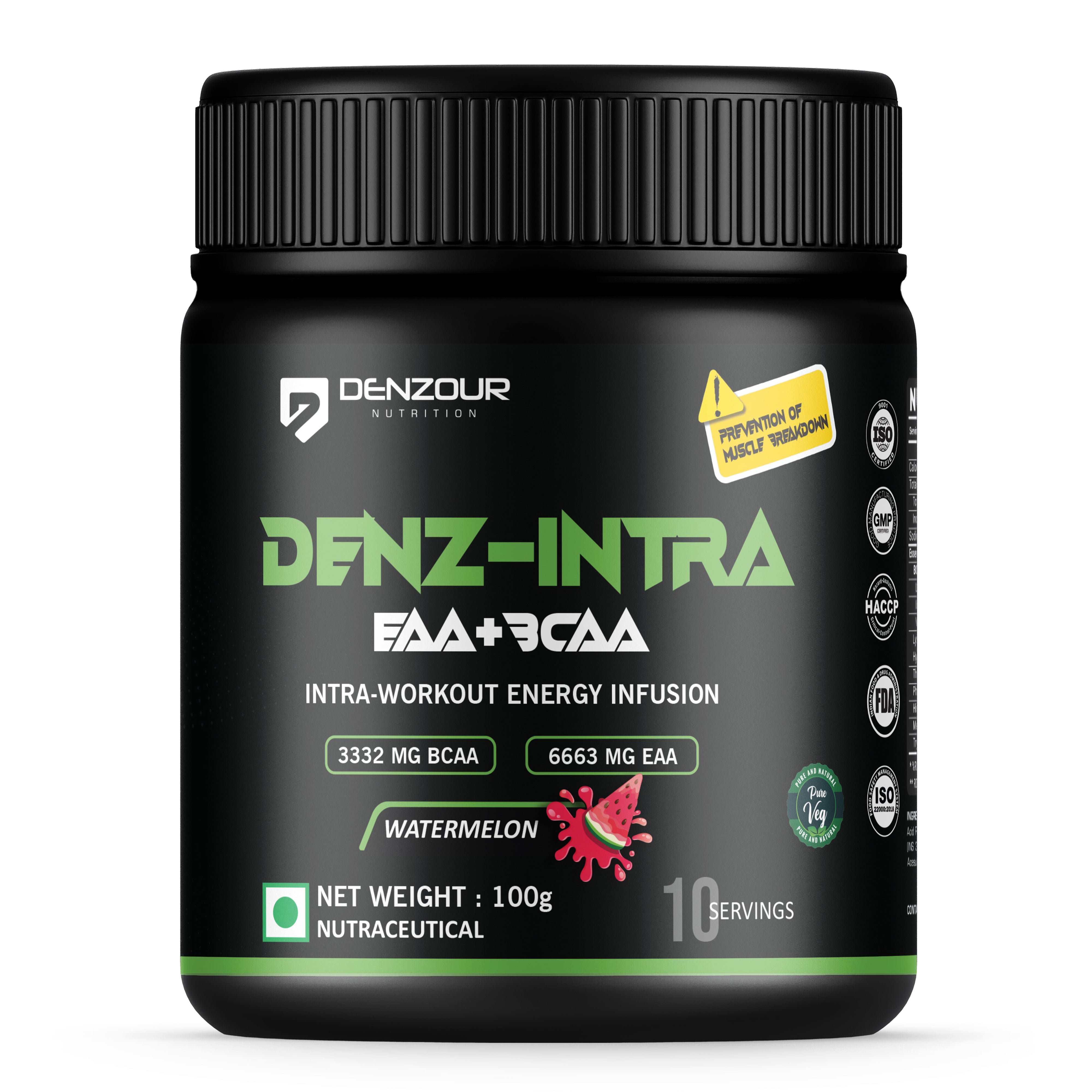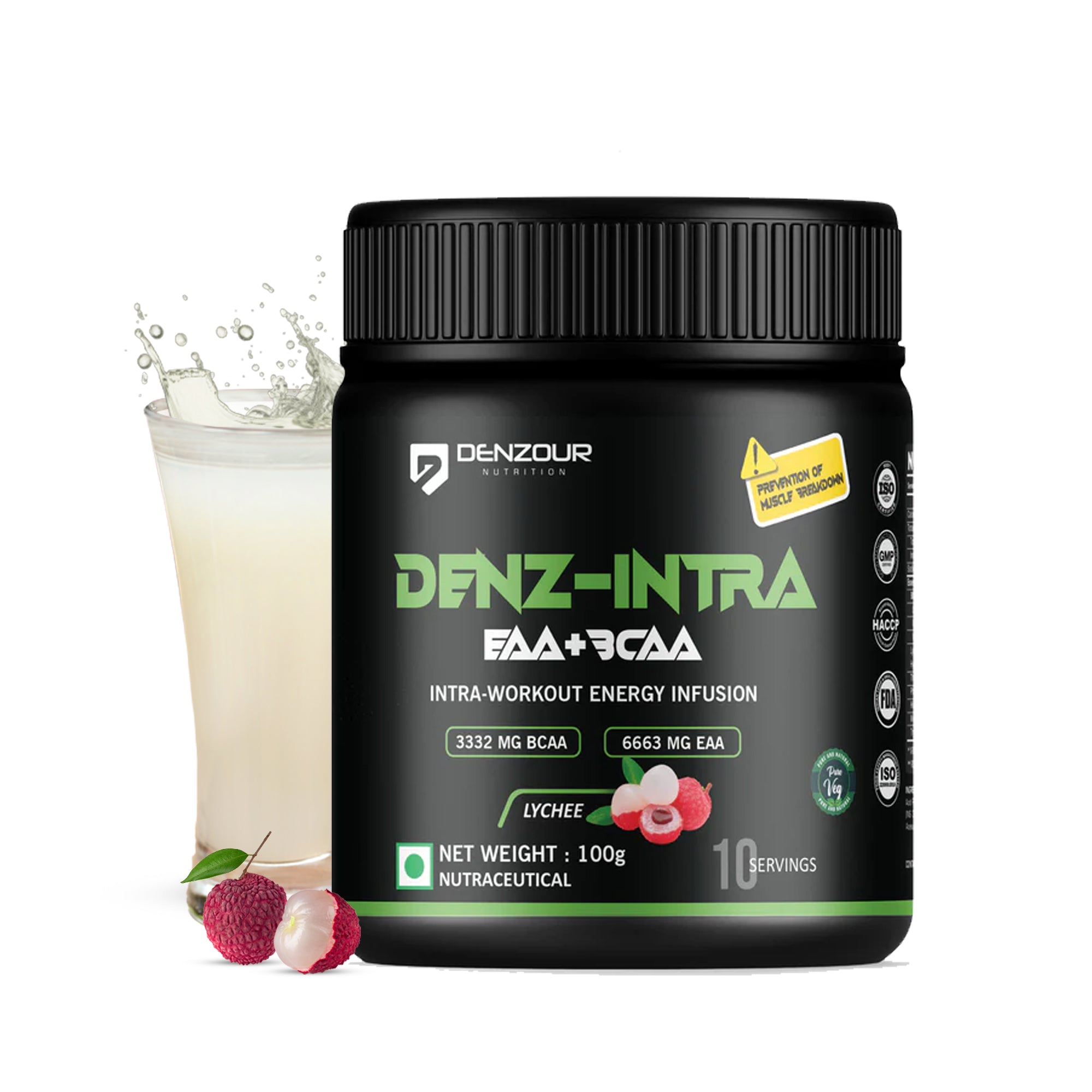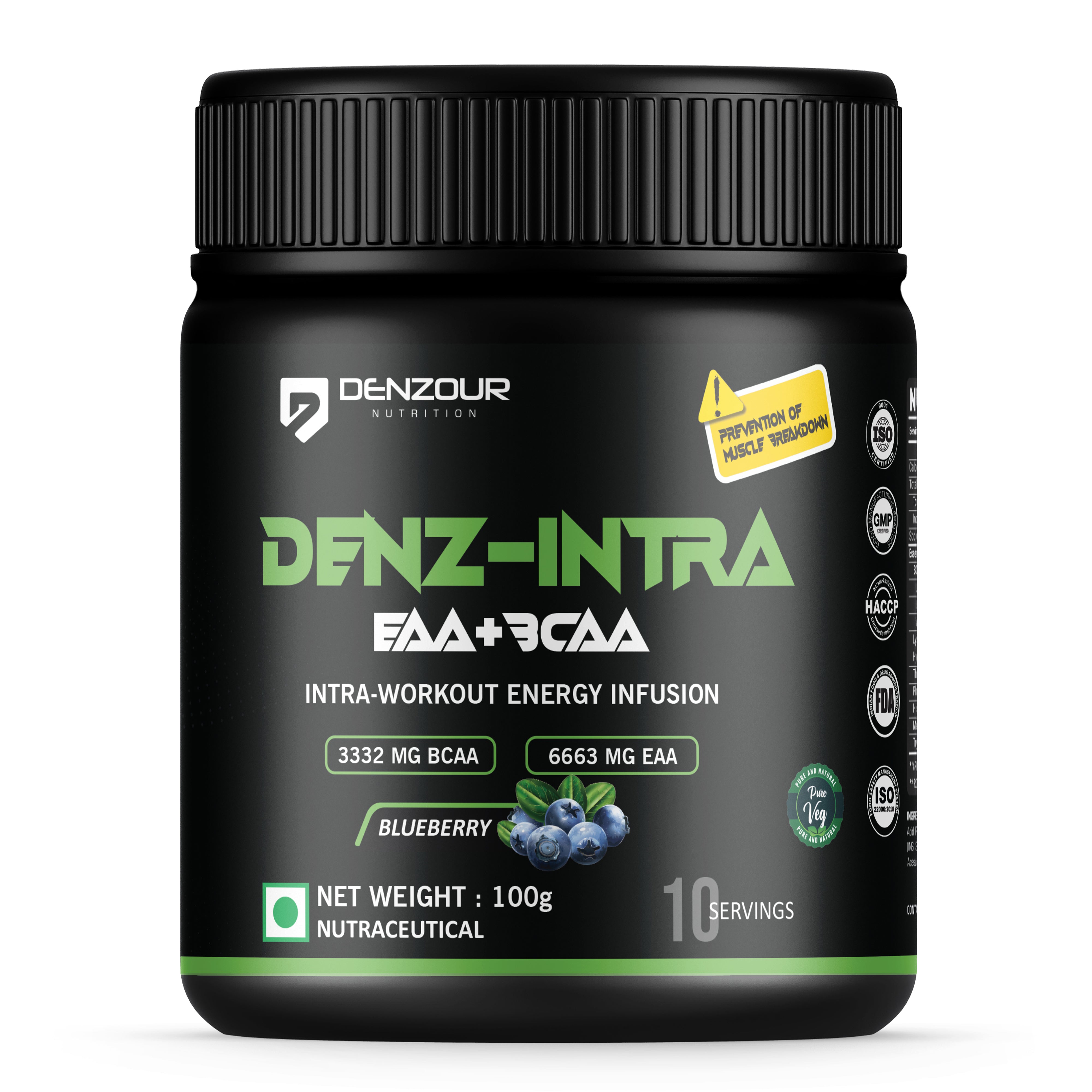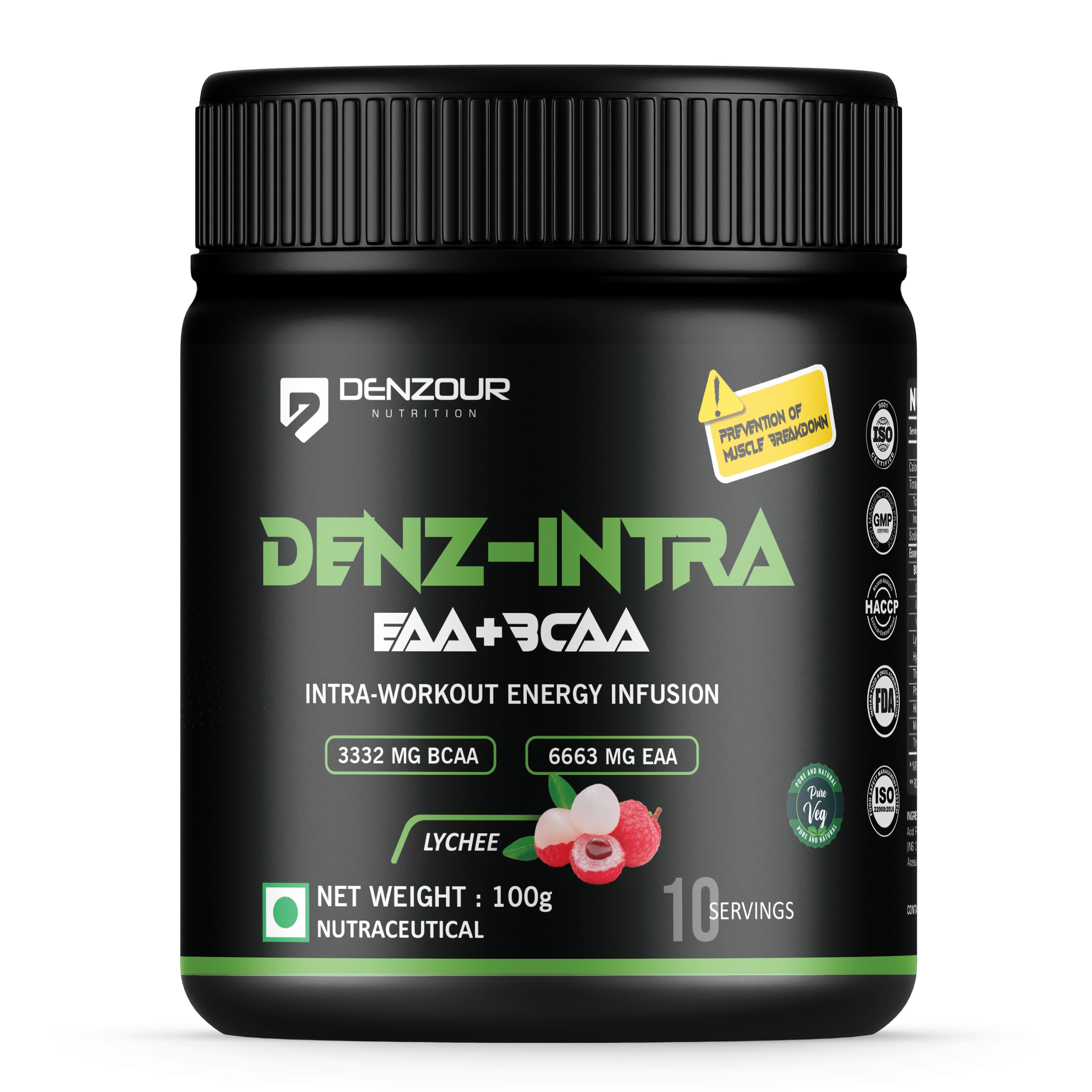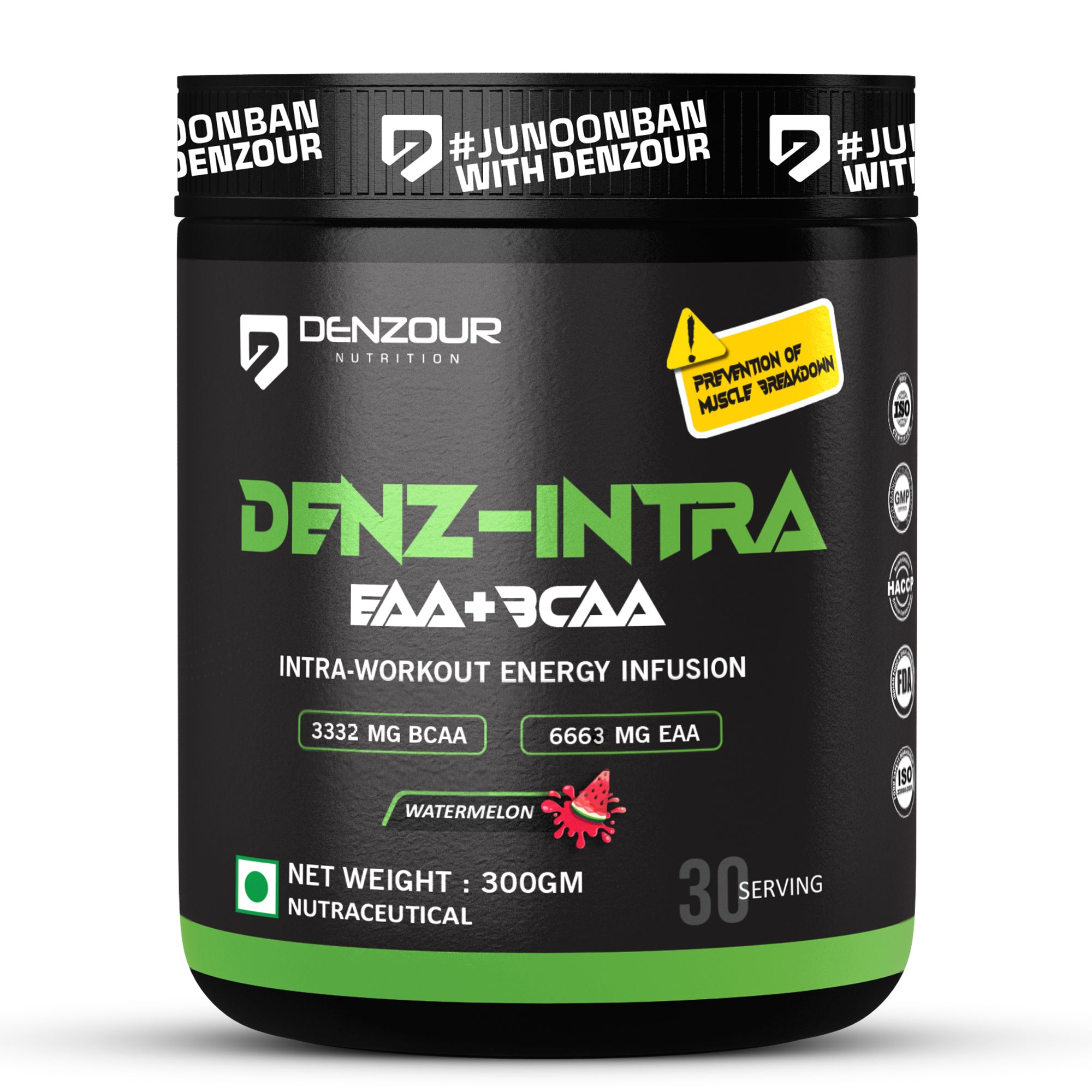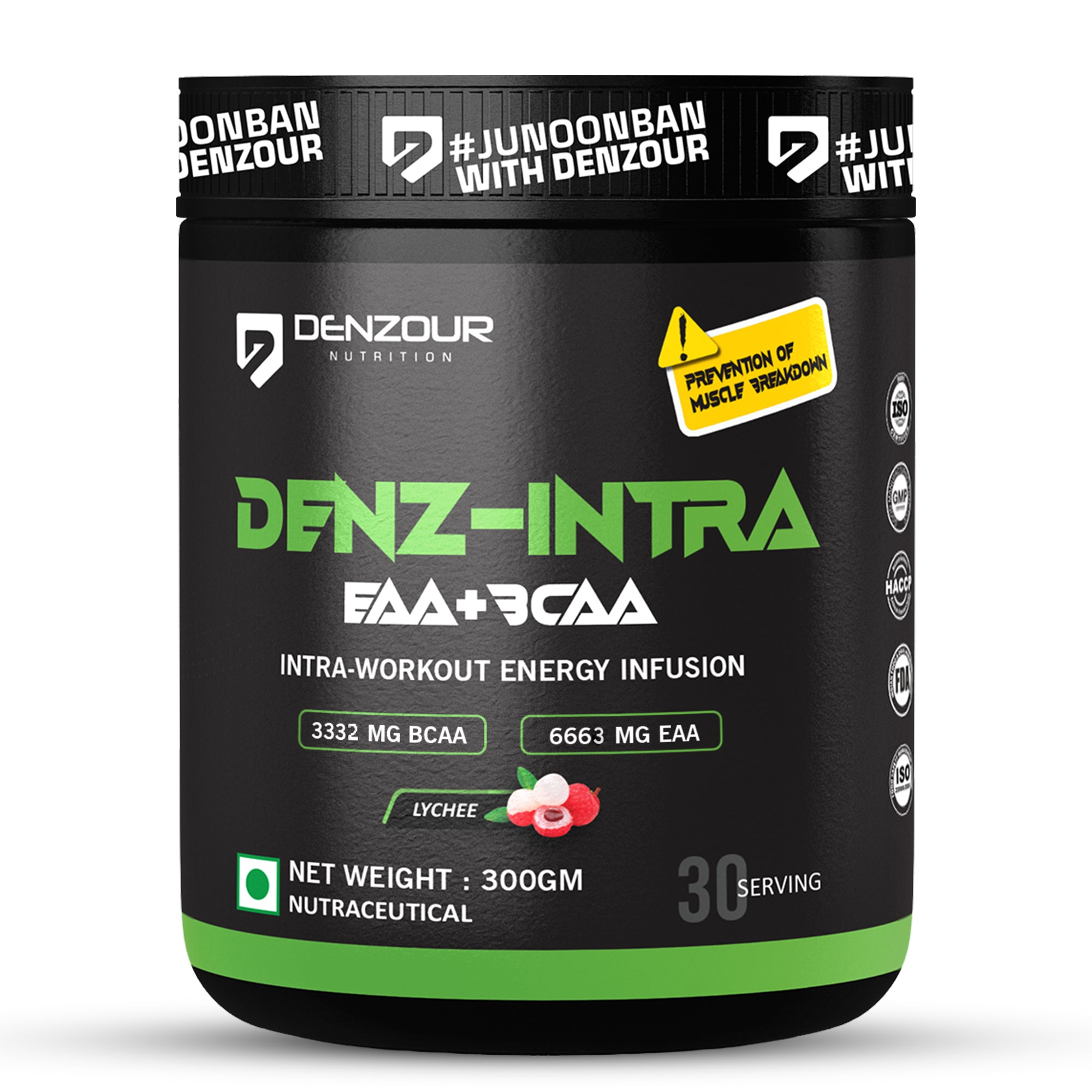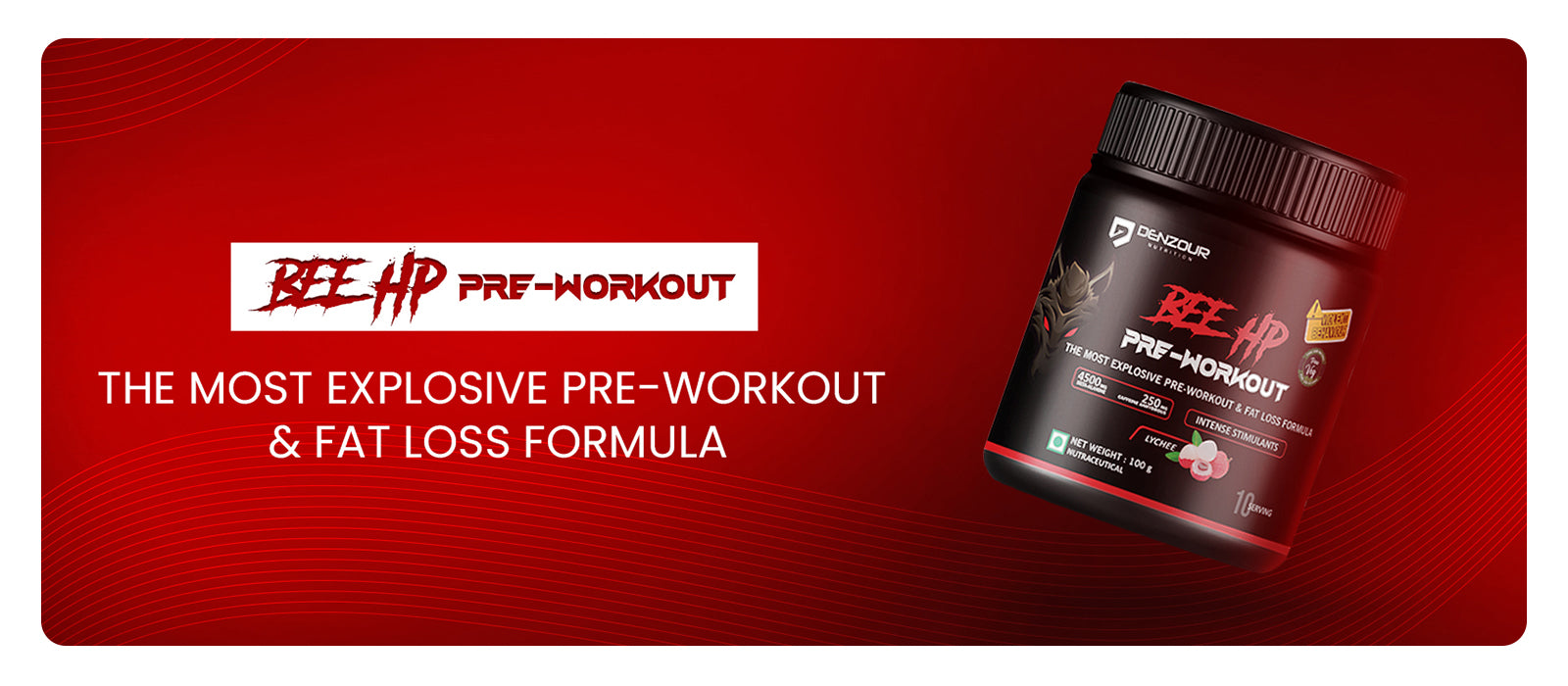In spite of the confusion about what the core is, Weimar believes that core strength training is important for overall fitness.
“The core muscles are important because they stabilize the center of the body so that the muscles of the appendicular skeleton can pull against a stable platform,” said Weimar.
When you swing a tennis racket, kick a soccer ball, or pick up a crying toddler, your core should fire up before your limbs get to work.
A review last year of previous research, published in Sports Medicine, found that in healthy trained people, core strength training increased trunk muscle strength.
This type of training also had “small to medium effects on physical fitness and athletic performance,” although it wasn’t superior to other types of training.
The researchers wrote that these smaller effects might have been due to a lack of consistency among studies looking at core strength training.
Other studies, though, have found benefits of core strength training for runners Trusted Source, elite hockey players Trusted Source, and female handball players Trusted Source.
Neglecting the core could also increase your risk of injury, especially when doing more powerful motions with the body.
“If someone begins to learn to lift before the core is strong,” said Weimar, “then they may lack the strength to perform the lifts correctly and learn bad habits while compensating for the lack of strength in their core.”
So if you are short on time for your workouts, you might want to hold off on the bench presses, leg lifts, and biceps curls … at least in the beginning.
“If you’re going to prioritize different areas of the body,” said Walls, “the core would be number one because everything else branches off from that.”
But a rock-solid core is not the end of the line for your fitness journey. It’s just the first of many steps.
“I would encourage people to add in things that are tailored specifically for what their needs are,” said Walls. “And to also make sure that they’re getting in a little bit of true strength training for the rest of their body.”

Building a strong core Because of the confusion about what the core is, many people think that core strengthening means just doing ab workouts.
“It does equal some ab training,” said Walls, “but it also equals training your hips, training your back, and learning how to stabilize the core musculature.”
You also need to be careful what types of ab exercises you do.
In particular, two classic exercises of gym classes from years ago have now fallen out of favor due to the potential for injury.
“Spinal flexion — as far as crunches and traditional sit ups — is a really bad idea because of all the pressure it puts on the spine,” said Walls.
You can still work the core, though, even without over flexing the spine with jerky sit ups.
“You get a lot of these core exercises where there’s no spinal movement — or very little — depending on what you’re doing,” said Walls.
One of the most popular stationary core exercises is the plank. This basic isometric exercise strengthens your body from head to toe, but it can also make your core pop.
Stuart McGill, author of Ultimate Back Fitness and Performance, offers the “big 3” core exercises: curl-ups, side bridge (or plank), and lifting the arms or legs from a kneeling-on-all-fours position (“bird dog”).
One of the core exercises that Walls often uses with her clients is the Pallof Press, which involves pushing your hands away from your chest while holding onto a weighted cable or resistance band anchored behind you.
“This is something that will really set your whole core on fire,” said Walls. “It’s very much abdominal focused, so I think people enjoy it for that reason. But you’re working on stabilizing, as well.”


Working your core smart There are many other core exercises, but you have to be careful to do them correctly. Otherwise, you may not get much of a core workout.
Weimar gives the example of sideways medicine ball tosses, or throws, which can be done improperly and ineffectively.
“If the trunk and the pelvis rotate together, then you are really only working the internal and external rotators of the hip, and not what is traditionally referred to as the core,” said Weimar. “In order for sideways med ball tosses to work the core, the pelvis and trunk have to rotate separately.”
Many core exercises also use balance boards, stability balls, or other tools that throw off your balance — and force your core to work harder.
Walls said this type of training is common in rehabilitation settings and among some strength coaches and trainers.
But she doesn’t use it much with her clients, many of whom are athletes.
She said the reason is that from a functional standpoint, most of the movements that athletes do are on the ground — a firm surface.
When she works with them, she first checks to see if they are as “efficient and as strong as they can be in stabilizing the spine and the core when their feet are on solid ground.”
“Ninety-nine times out of 100, the answer is no, they’re not,” said Walls, “so we’ll continue to focus on working on a stable surface.”
When it comes to core strength, athletes have a different set of needs based on their sport and history of injuries.
But core strength training can also benefit other people, as long as it is tailored to their bodies and lifestyles.
“If you’ve got somebody who’s a desk worker, they’re going to have very specific needs to strengthen their core and protect their back and correct their posture,” said Walls.
What are your core muscles?
Your core muscles are comprised of several muscle groups.
Rectus abdominis The rectus abdominis, also known as the six-pack muscle, attaches from the lower ribs to the front of the pelvis. Statically, it stabilizes your trunk. For example, when you’re doing pushups, it keeps your pelvis and trunk level.
The primary movement it performs is bringing the shoulders toward the pelvis, such as when you sit up in bed or perform a crunch.
Internal and external obliques The internal and external obliques attach on the lateral sides of the trunk from your ribs to your pelvis. Statically, they provide stability to the front and sides of the trunk.
Their primary movements involve trunk rotation, such as when you swing a baseball bat, and side bending.
Transverse abdominis The transverse abdominis attaches from the lower spine under the ribs and around the body to the rectus abdominis. It’s the deepest of the abdominal muscles, and its job is to tighten up and provide support to the spine.
Pelvic floor The pelvic floor muscles attach to the underside of the pelvis. These muscles start and stop the flow of urine and feces.
Diaphragm The diaphragm attaches to the underside of your lower ribs. It’s responsible for breathing in and out.
Back extensors Your back extensors are multilayered muscles, including the erector spinae muscles, quadratus lumborum, and multifidi. They attach along the spine to the pelvis. Their job is to support the spine when you’re bending forward and lifting loads, such as during squats or the bicep curl.
Hip flexors Hip flexors include the psoas and iliacus muscles. They attach to the spine and inside of the pelvis. They bring your legs toward your torso, such as when you do high knee exercises.
SUMMARY
Your core comprises several muscle groups, including your abdominals, pelvic floor, diaphragm, back extensors, and hip flexors.
Exercises for engaging your core Below are basic abdominal stability exercises you can use to engage your core. They’re by no means exhaustive but helpful in understanding how to engage your core muscles.
The abdominal draw
- Lie on your back with your knees bent. This can also be done sitting up straight.
- Suck your stomach in, imagining bringing your belly button to your spine. You should still be able to breathe but may feel the muscles around your abdomen and sides tighten. Your back shouldn’t move — make sure it isn’t arched or pushed into the ground.
- Hold for 5–10 seconds. Relax. Repeat.
Watch this video for a walkthrough of the abdominal draw.
The plank
- Begin in a pushup position on your hands and toes. If this is too difficult, you can support yourself on your knees and elbows.
- Draw your abdomen toward your spine and keep your buttocks in line with your body. You should feel all the muscles in your abdomen working.
- Hold this position for 20–60 seconds.
It’s important to note that this exercise puts high loads on your spine. If you have back pain, it’s advisable to refrain from this exercise.
Watch this video for a walk-through of the plank.
The side plank
- Turn on your side with your elbow on the ground and one foot on top of the other.
- Lift your hip into the air so that your side is perpendicular to the ground and you’re supporting yourself on your forearm and the side of your foot.
- Maintain good alignment of your feet, hips, and elbow. Also, keep your shoulder over your elbow. You should feel the obliques in your lower side working.
- Hold this position for 20–60 seconds.
Watch this video for a walk-through of the side plank.
The bird dog
- Kneel on your hands and knees as if you’re a table.
- Flatten your back without arching up or sinking in.
- Start by reaching one arm out in front of you so that it’s even with your head and torso.
- Then extend the opposite leg out, in line with your torso and arm. Make sure to keep your hips facing down toward the floor, rather than turned out toward the side. You should feel the muscles in your abdomen and back working.
- Hold for 5 seconds, then repeat with the opposite arm and leg.
Watch this video for a walk-through of the bird dog.
The dead bug
- Lie on your back with your knees bent and feet flat.
- Tighten your abdominals and keep your back flat as you lift your knees so that your hips and knees are bent at a 90-degree angle.
- Slowly tap one toe to the ground and return.
- To increase the difficulty level, extend your arms straight up over your shoulders. As you lower one foot down to the ground, reach the opposite arm back overhead, keeping your lower back on the floor and your ribs pulled in.
- Only extend your leg as far as you can while keeping your back flat.
- Return and switch sides.
The bridge
- Lie on your back with your knees bent.
- Keep your trunk and pelvis together as you squeeze your buttocks and lift them off the ground.
- Hold for a count of five.
- Relax and trunk to the ground. Repeat.
Watch this video for a walkthrough of the bridge.
SUMMARY
There are multiple exercises to engage your core muscles. Basic ones include the abdominal draw, plank, bird dog, dead bug, and bridge
